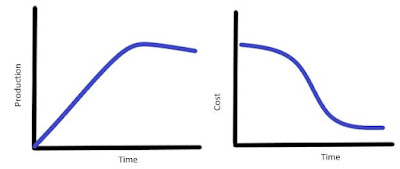Method Study/Analysis Steps :
- Select the job to be studied.
- Record every detail about the job.
- Check all the details by asking why? WHO? Where? What?
- Consider options for improvement and develop the most appropriate.
- Define all work other than work performed with standard machine tools or special machines where processes and procedures are virtually machine controlled.
- Install the new method making sure it is understood.
- Maintain the new procedure by constantly checking that it is still performing correctly.
Job selection
There are three things to keep in mind while choosing a job.
1. Economic or cost-effective considerations
2. Technical considerations
3. Human consideration
Economic considerations
If the economic importance of a work is low or it is not expected for a long time, it is clearly a waste of time to start or continue a long investigation.
1. Profit-generating or cost-effective operation.
2. Operations that produce large quantities of scrap or waste.
3. Bottle neck operations which are held by other manufacturing operations.
4. Long operation which consumes a lot of time.
5. Operations involving repetitive work using a lot of labor.
6. Movement of material over long distances between work stations.
7. Operations requiring repeated handling of materials.
Technical or technological considerations
An important consideration is the desire by management to acquire more advanced technology, be it in machinery or process. Thus management may want to computerize its office paperwork or its inventory system or introduce automation in production operations.
Human consideration
Certain activities often lead to worker dissatisfaction. They may induce fatigue or boredom or be unsafe or clumsy to work with. The level of satisfaction should indicate the need to study the method. Thus an operation that may be considered effective by management may cause great resentment by the workforce. If such operations are addressed by work study specialists as part of an overall work study program, the benefits of work study may become more apparent to the workforce (Khanna, 2003).














0 Comments